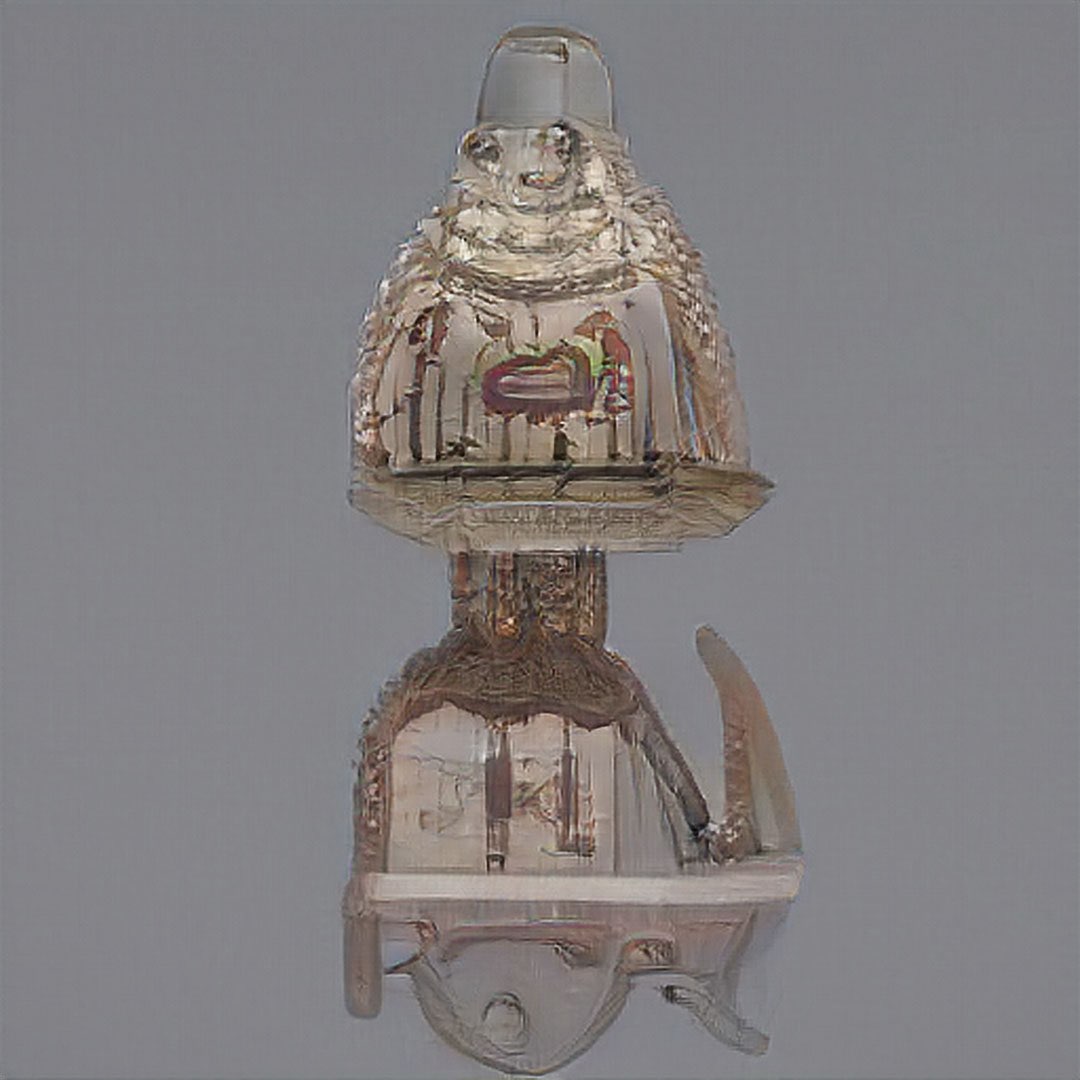Babylonian Vision
↳ Nora Al-Badri

2020
Al-Badri expands on speculative archaeology and decolonial as well as machine learning-based museum practices by generating technoheritage. A pre-trained neural network based on GAN technology (General Adversarial Networks) was trained with 10.000k images from five different museums with the largest collections of Mesopotamian, Neo-Sumerian and Assyrian artefacts. Subsequently, new synthetic images evolve as a living memory of the images. The generated image is at the same time the artefact itself. Yet, materiality is very important, since the input images are images of material objects of our past. If MI is seen as a technology performing and processing our collective memory, it makes sense to apply it to our big cultural data of the past and to generate new images as traces and circulating image worlds. Applying MI to cultural big data, supplies other more speculative and abstract insights on the search for a visual language, form and pattern of an era within a specific spatial context: Babylonian. The input images of these databases carry time and memory themselves (patina, broken pieces, most of them low-res). Subsequently, new synthetic images evolve as a living memory of the images.
- Sektion Section: Exhibition
- Programm Programme: Possessed